Emerald: Gemstone and Jewelry
Emerald is the green variety of the mineral Beryl and is one of the most popular gemstones in the world. Its green color comes from the presence of chromium and vanadium in the crystal structure. The beauty of emeralds is timeless, and they have been treasured by many cultures throughout history. The word "emerald" comes from the Greek word "smaragdus," which means "green gem." This precious stone has captured the hearts of people for thousands of years with its remarkable color and allure. It's also the birthstone for those born in May. This article will discuss the history, properties, and uses of emeralds, as well as how to select and care for them.

History of Emeralds:
Emeralds have been prized since ancient times, and their history can be traced back over 5,000 years. The oldest known emerald mines are located in Egypt's Eastern desert, and they were worked as early as 300 BC. The Ancient Egyptians placed great value on emeralds, using them in jewelry, and decorating the tombs of their Pharaohs. Cleopatra, the last Pharaoh of Egypt, was known to have an extensive emerald collection.
The Romans also adored emeralds and believed them to be one of the most significant gemstones on the planet. In the Middle Ages, emeralds were a symbol of royal wealth and power. The Spanish Conquistadors plundered emeralds from the Incas in South America and shipped them to Europe, where they were used to adorn the Crown Jewels.
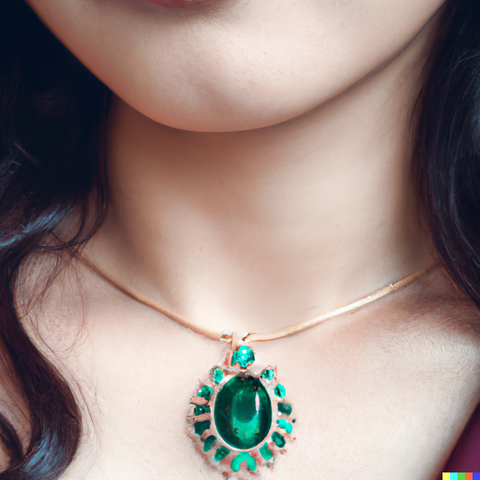
Properties of Emeralds:
Emeralds are known for their vibrant green color, which ranges from light green to deep, rich green. The green color is due to the presence of chromium, vanadium, and iron. The more intense the green color, the higher the value of the emerald. The clarity of emeralds can vary, ranging from transparent to opaque.
Inclusions and fractures are common in natural emeralds, and they are known as "jardin," which means garden in French. These inclusions don't affect the value of the stone unless they are too large or visible. Like all gemstones, emeralds have a hardness rating of 7.5-8 on the Mohs scale. This rating means that they are durable enough to be worn daily but are susceptible to scratches and chips.
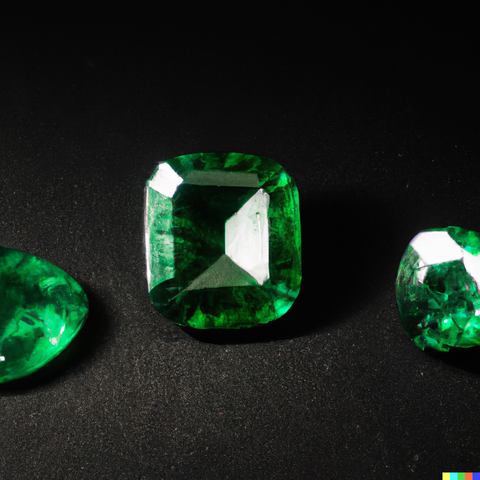
Uses of Emeralds:
Emeralds are used to make a variety of jewelry pieces such as necklaces, rings, earrings, and bracelets. They are often paired with diamonds, rubies, and sapphires to create exquisite pieces of jewelry. One of the most famous emerald pieces is the Lorraine Cross, which is a diamond and emerald-encrusted cross made for the Duke of Lorraine in the 18th century. It was later modified and added to the Crown Jewels of France.
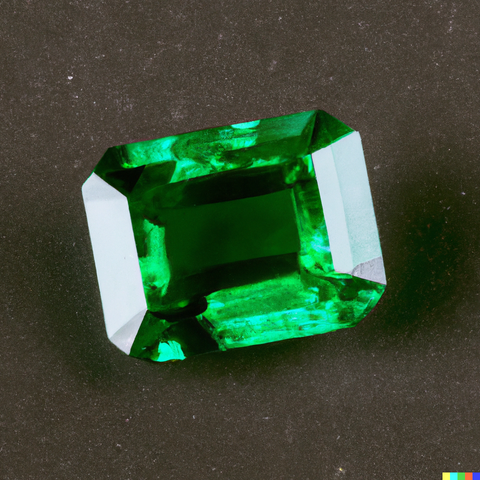
Symbolism of Emeralds:
Emeralds are a symbol of hope, new beginnings, and rejuvenation. They have been used in many cultures to promote healing, prosperity, and good luck. They are thought to bring balance and harmony to the body and mind.
In Christianity, emeralds are associated with the resurrection of Christ. They are also a symbol of the Virgin Mary and represent her love, compassion, and protection. In Hindu tradition, emeralds are linked to the heart chakra, which represents love and compassion. It is believed that wearing emeralds can help connect the heart and mind, leading to emotional healing and balance.
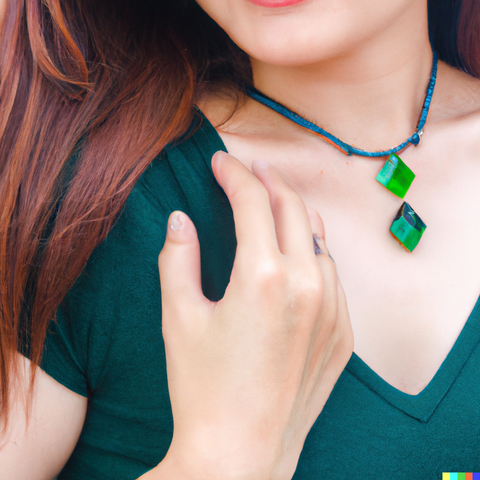
Selection of Emeralds:
When buying emeralds, it's essential to consider the 4Cs; Color, Clarity, Cut, and Carat weight.
- Color: The most crucial factor when choosing an emerald is its color. The color should be an intense green hue without any brown or yellow undertones. The brighter and deeper the green, the more valuable the emerald.
- Clarity: Inclusions and fractures are common in emeralds, and they can affect the stone's overall clarity. However, some inclusions are acceptable and can enhance the beauty of the gemstone. A high-quality emerald will have a moderate amount of inclusions visible only under magnification.
- Cut: The cut of the emerald can significantly affect its overall appearance. A well-cut emerald will enhance its color and brilliance, showing off its beauty. Emeralds are commonly cut in rectangular or square shapes, known as an emerald cut.
- Carat weight: The larger the emerald, the more expensive it will be. However, a high-quality small emerald may be more valuable than a large emerald with poor quality.
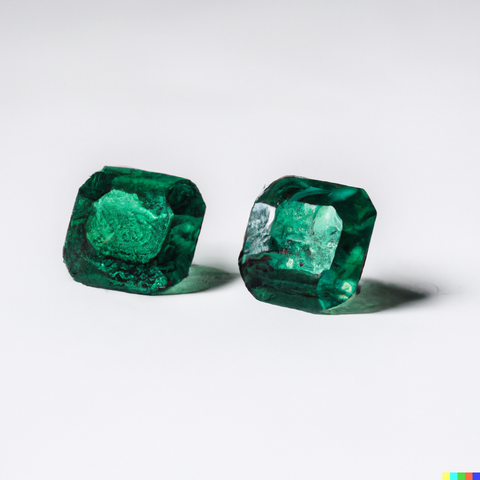
Care of Emeralds:
Emeralds are a soft gemstone that requires special care to keep them looking their best. They should be cleaned regularly and kept away from harsh chemicals and extreme temperatures. When cleaning your emerald jewelry, use a gentle soap and warm water with a soft brush. Don't use ultrasonic cleaners, as they can damage the stone.

Emeralds are a beautiful and timeless gemstone that has been revered throughout history. From ancient Egyptians to modern-day jewelry aficionados, emeralds have captured the hearts of many. When selecting an emerald, consider the 4Cs, color, clarity, cut, and carat weight. Take care of your emerald jewelry by cleaning it regularly and avoiding harsh chemicals and extreme temperatures. If properly cared for, your emerald jewelry will be a cherished piece for generations to come.
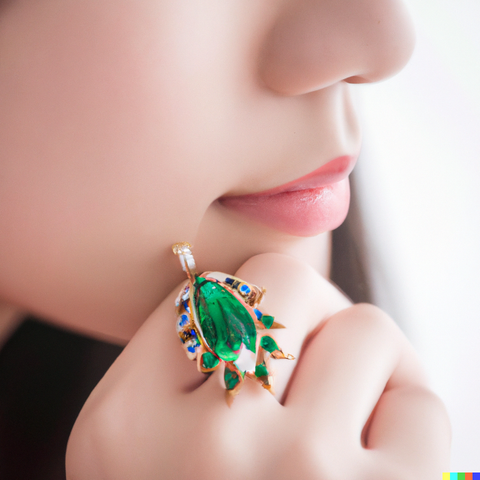



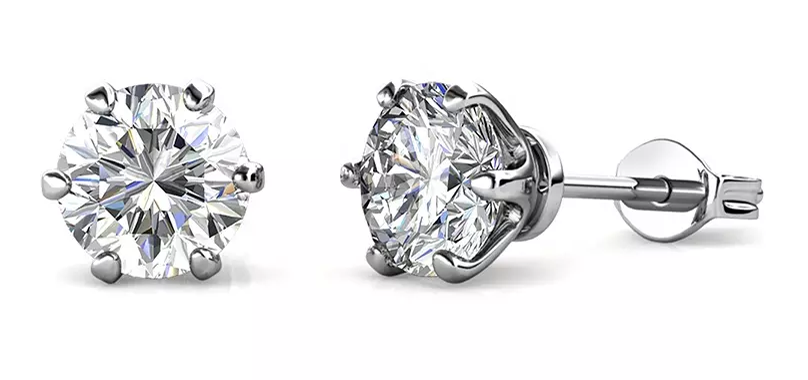
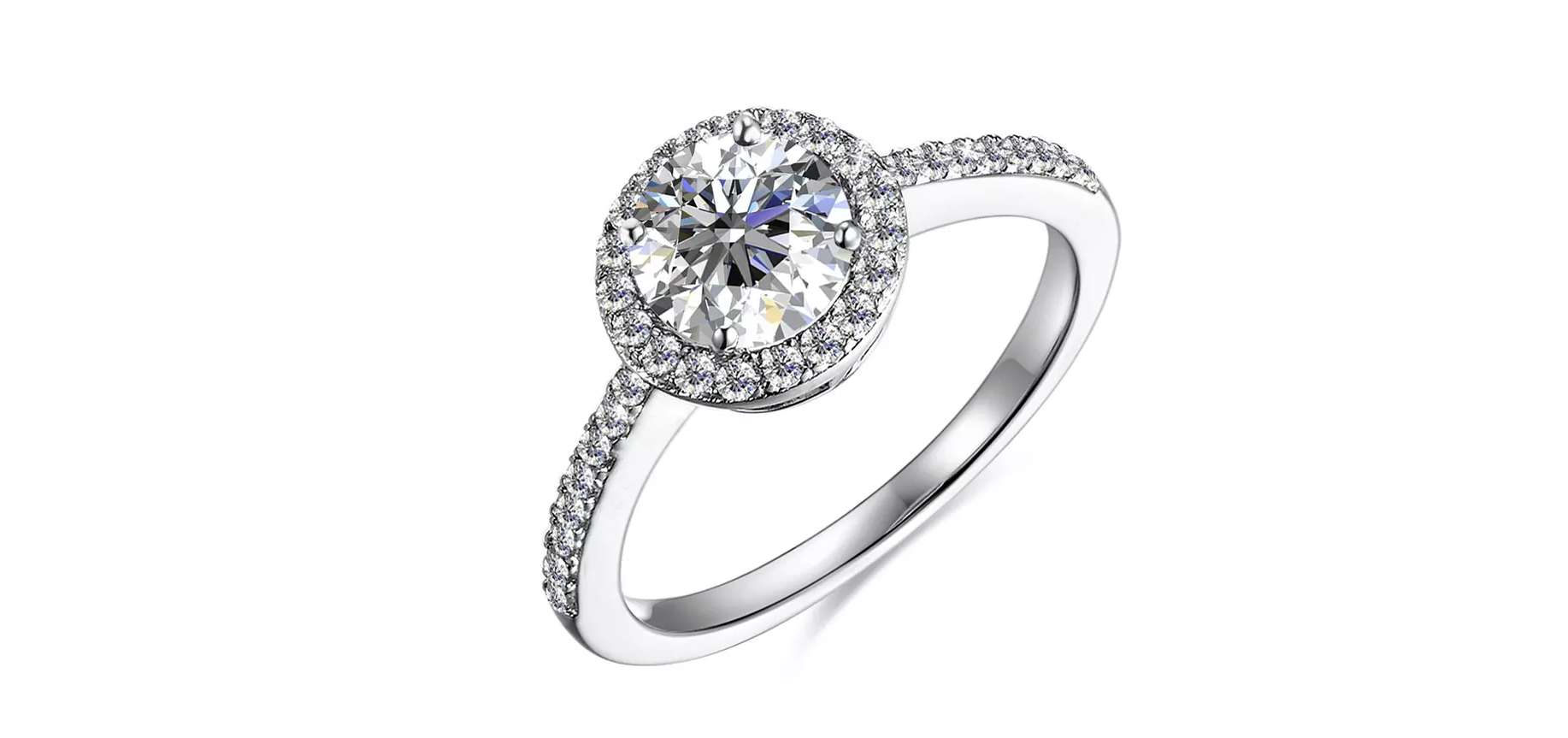
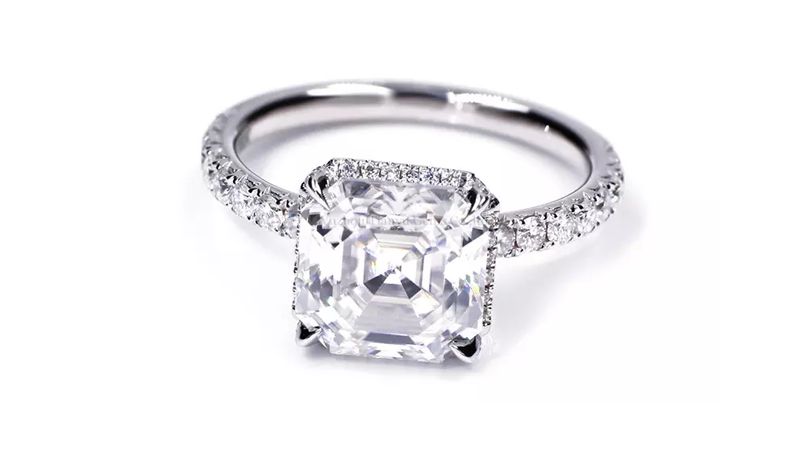
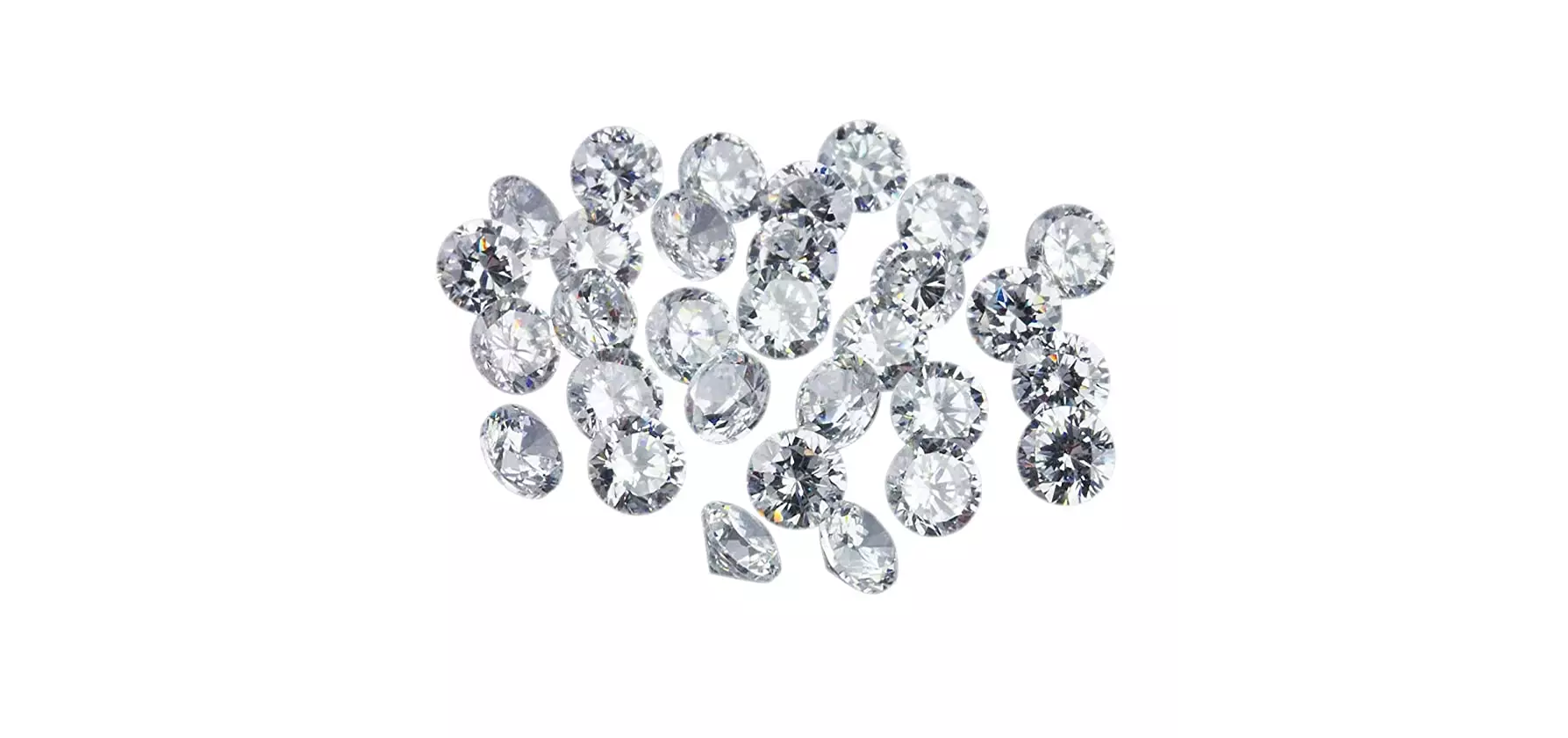
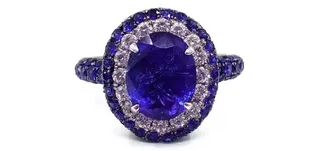
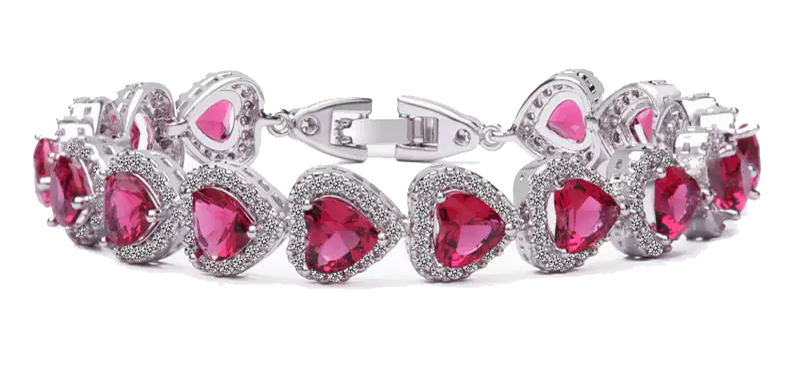
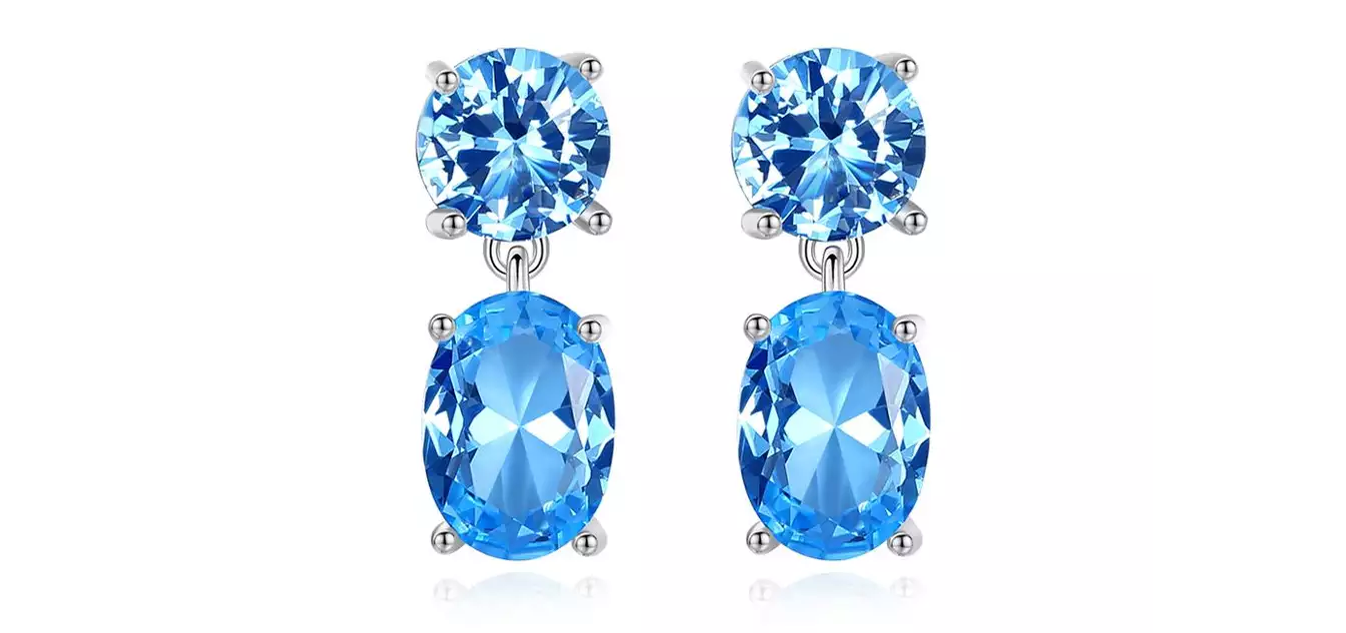
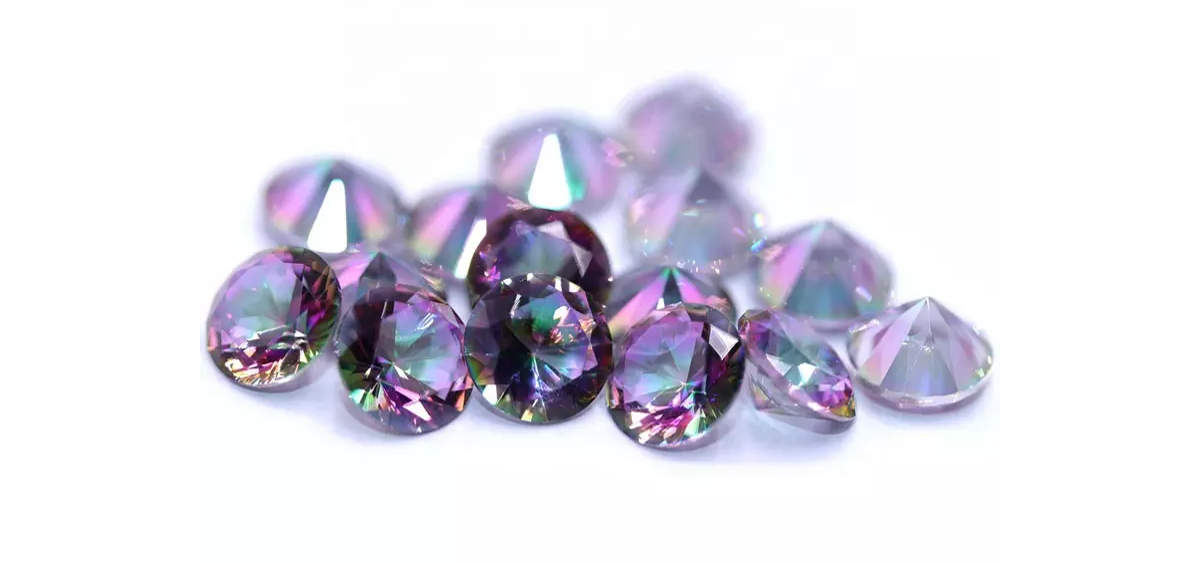
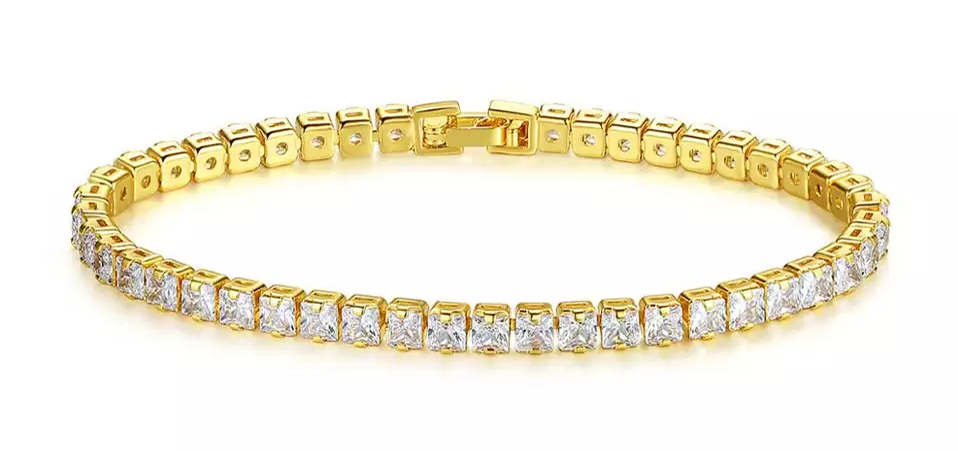
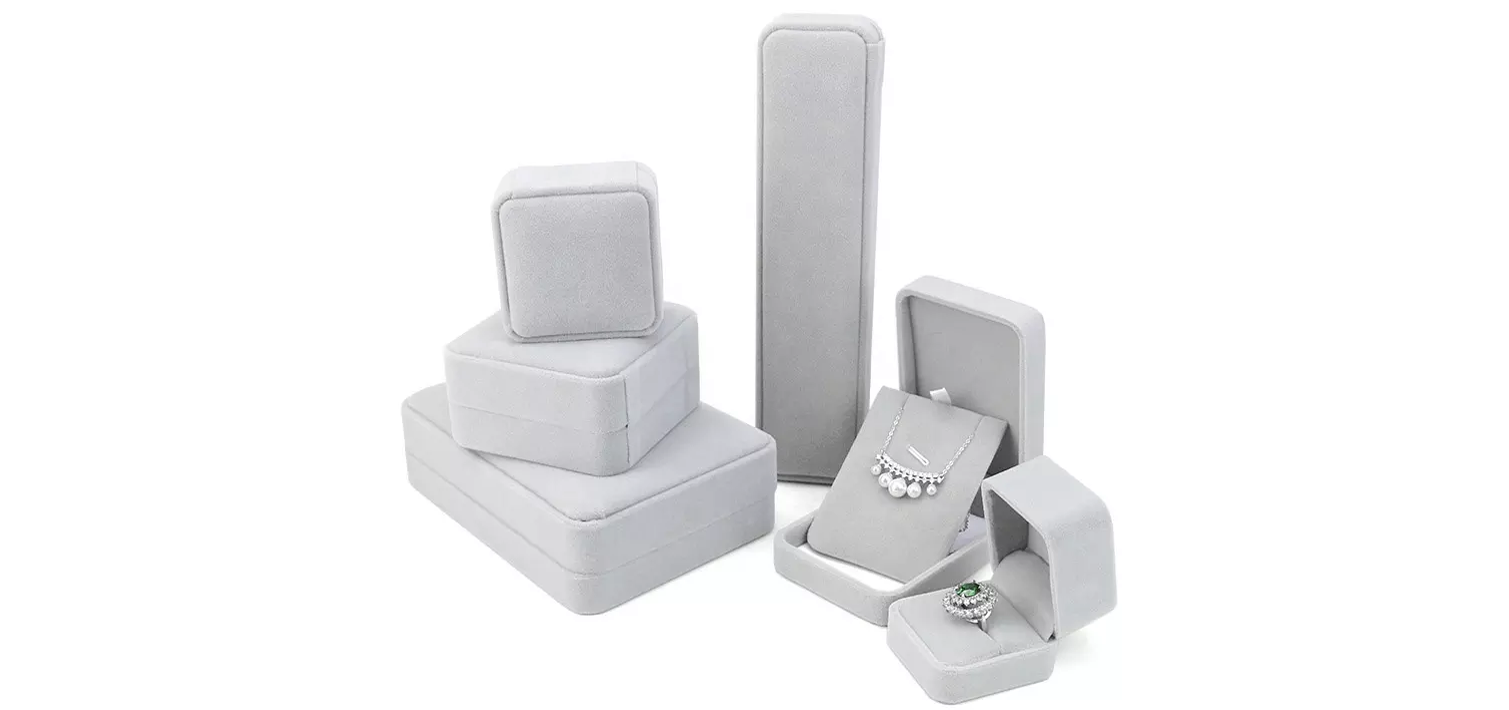
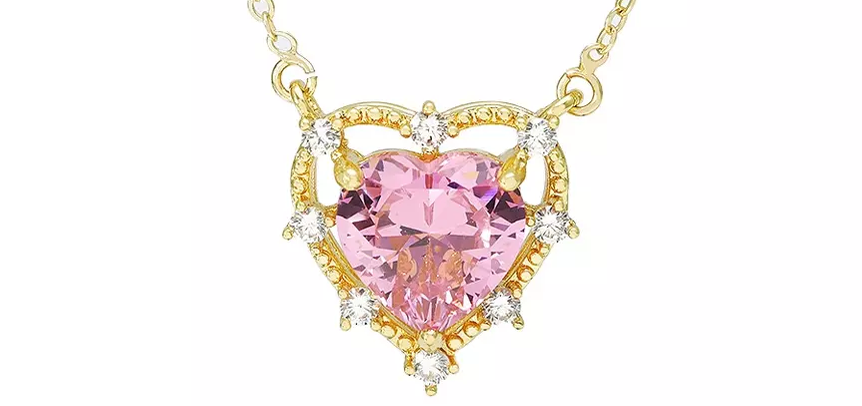
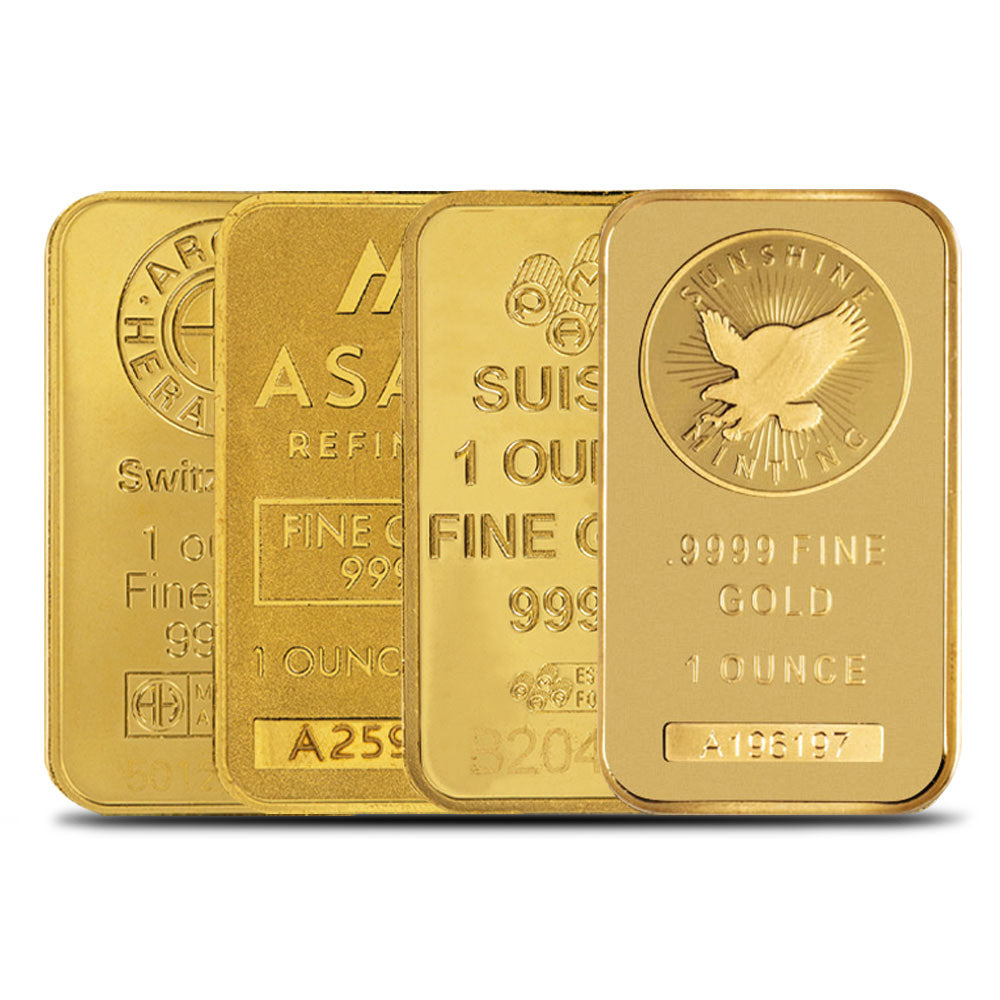
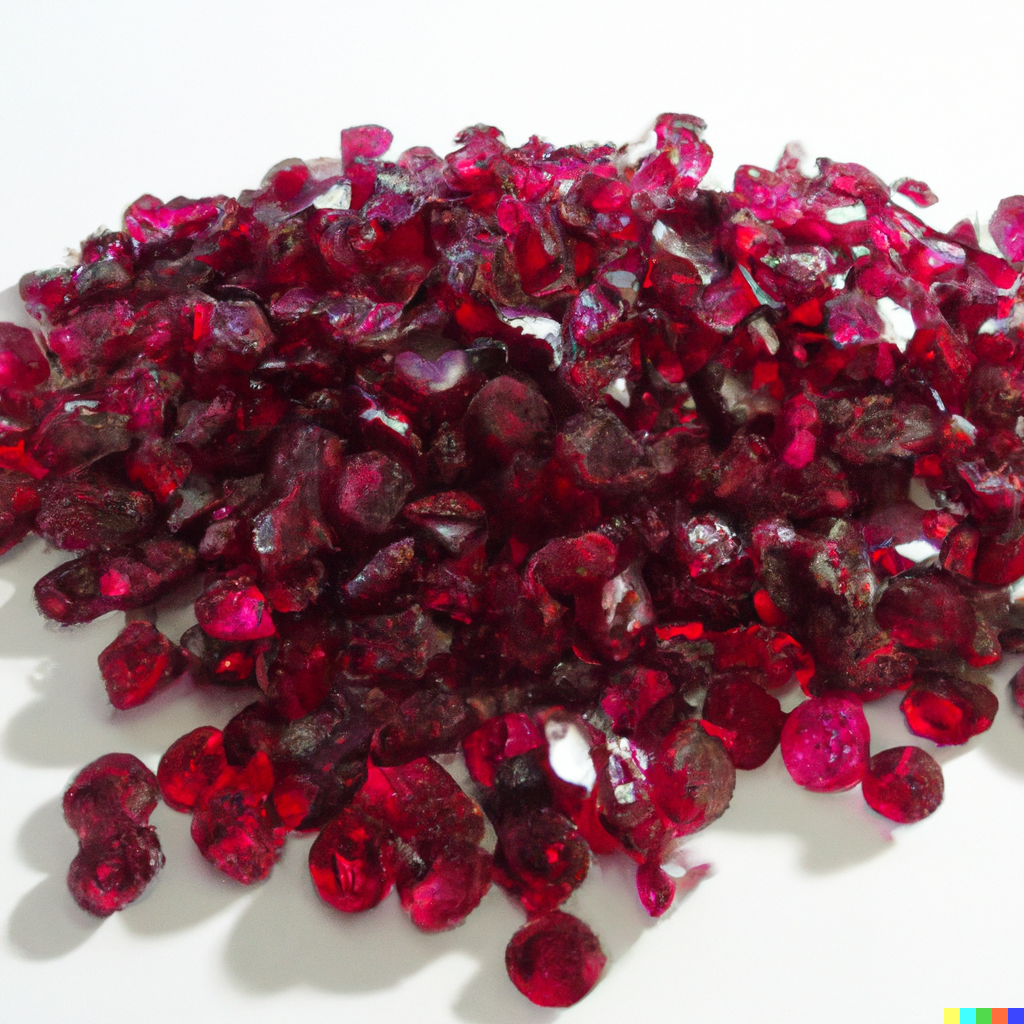
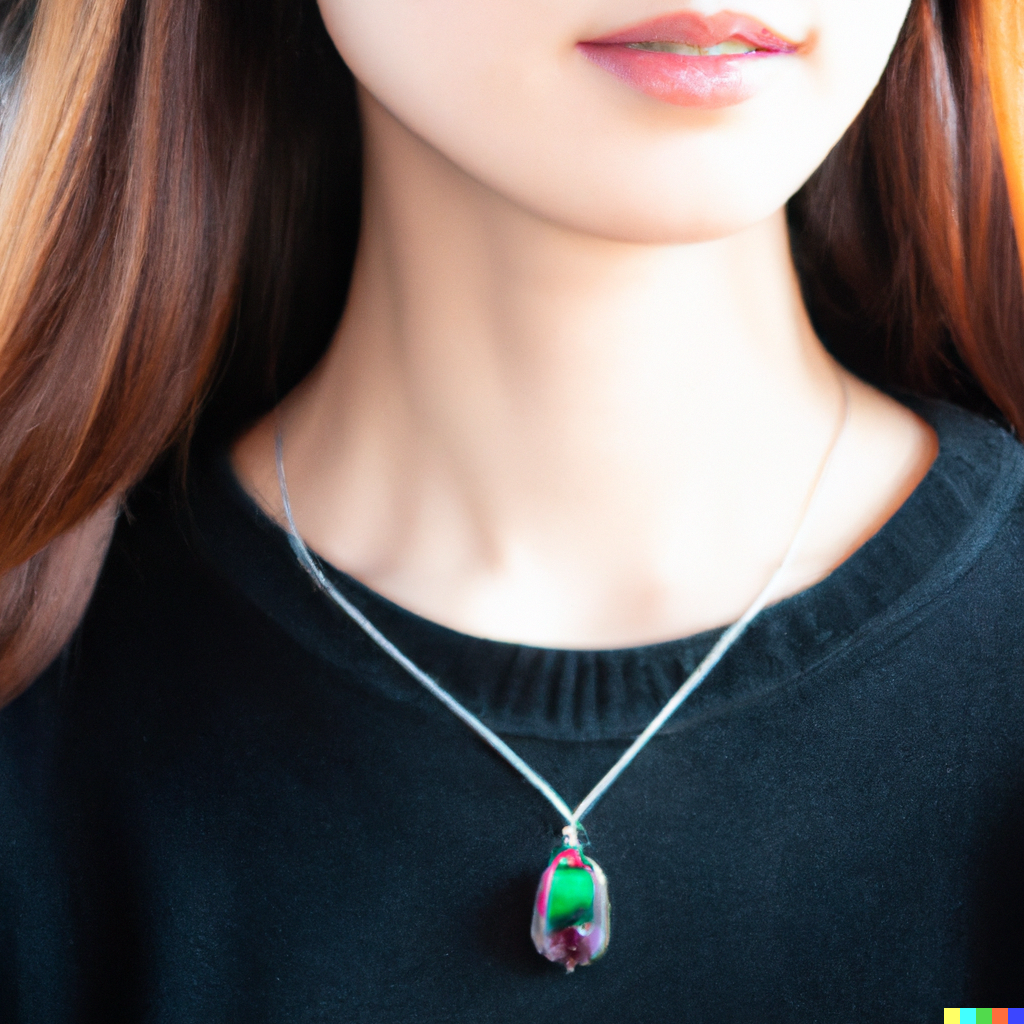
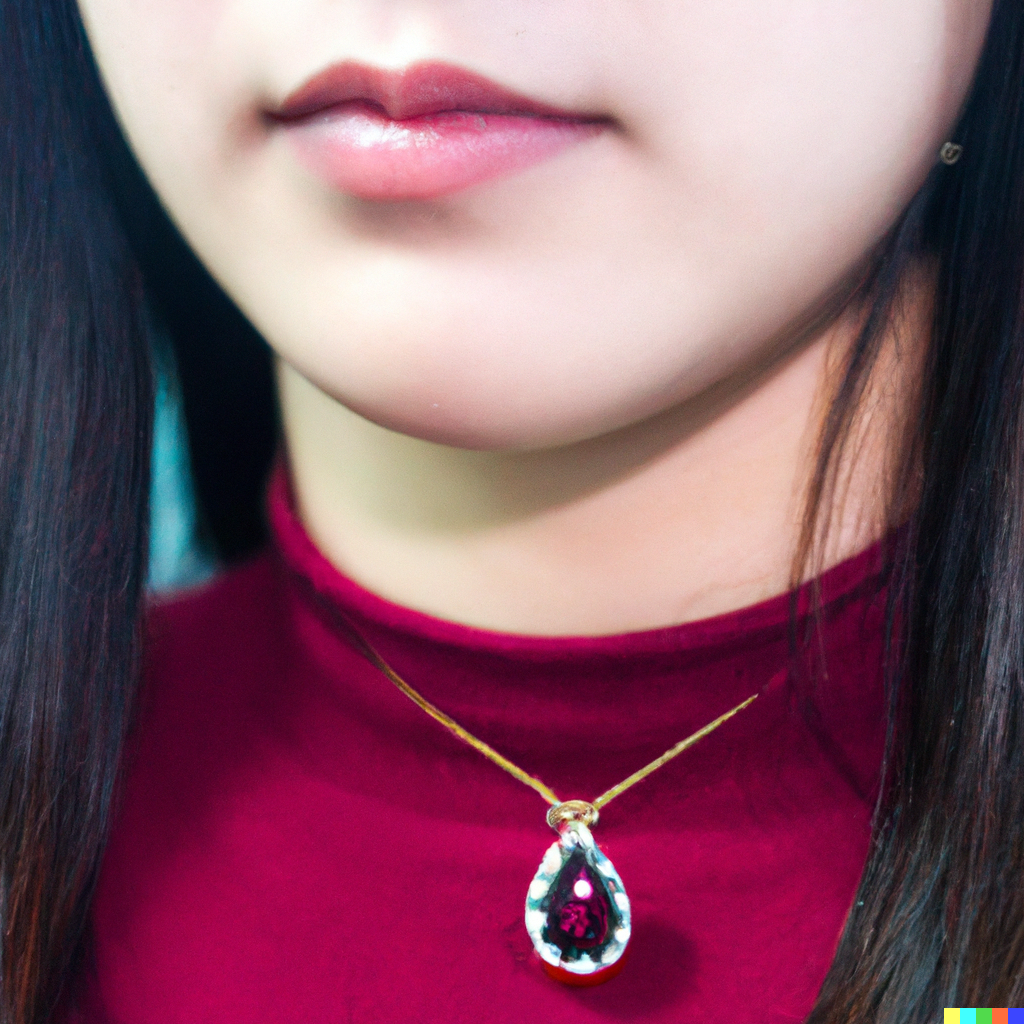
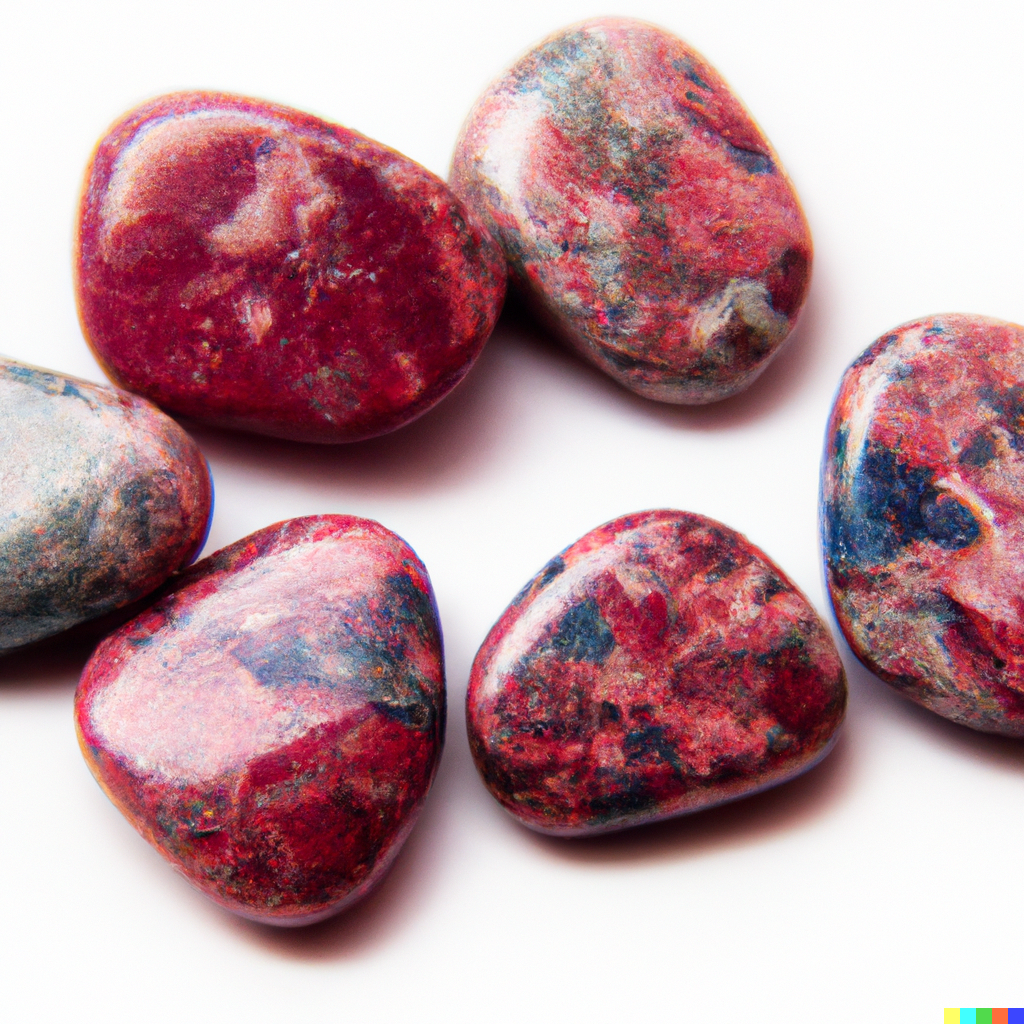
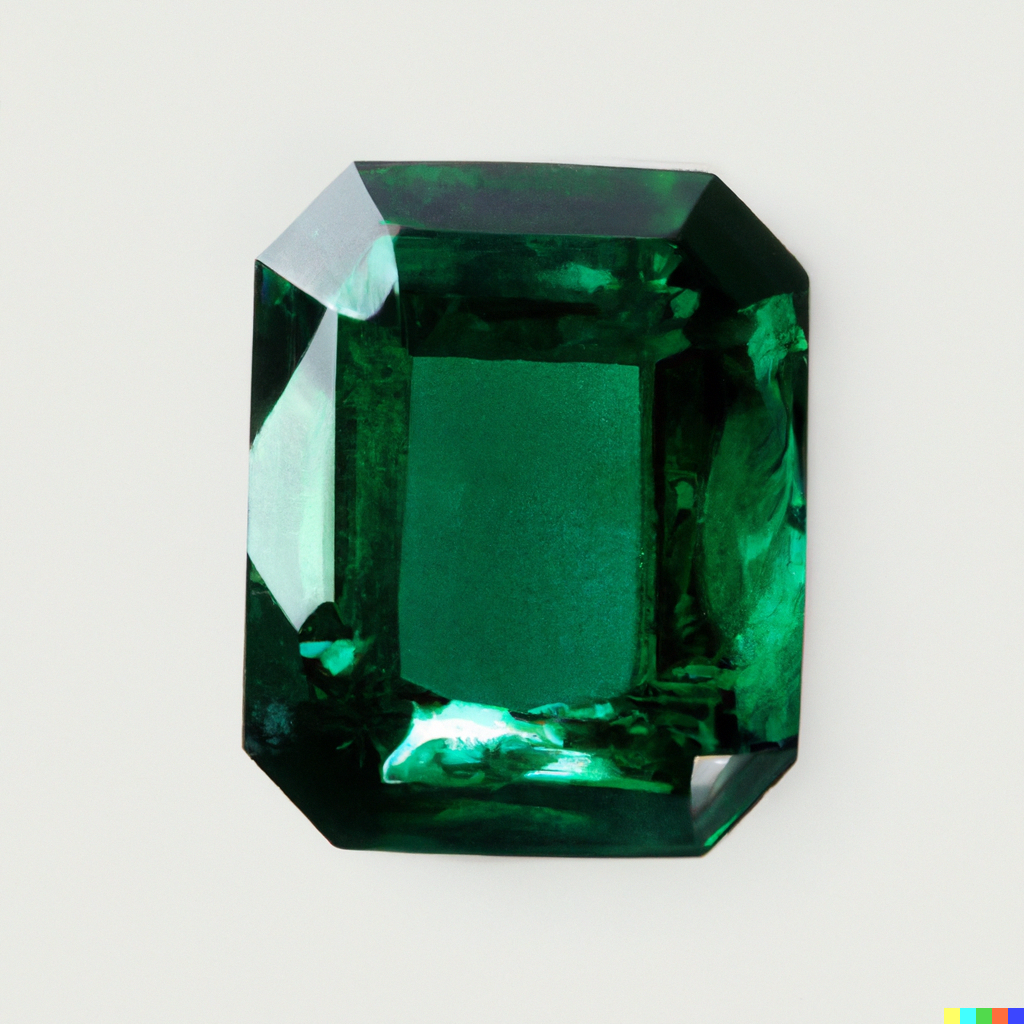
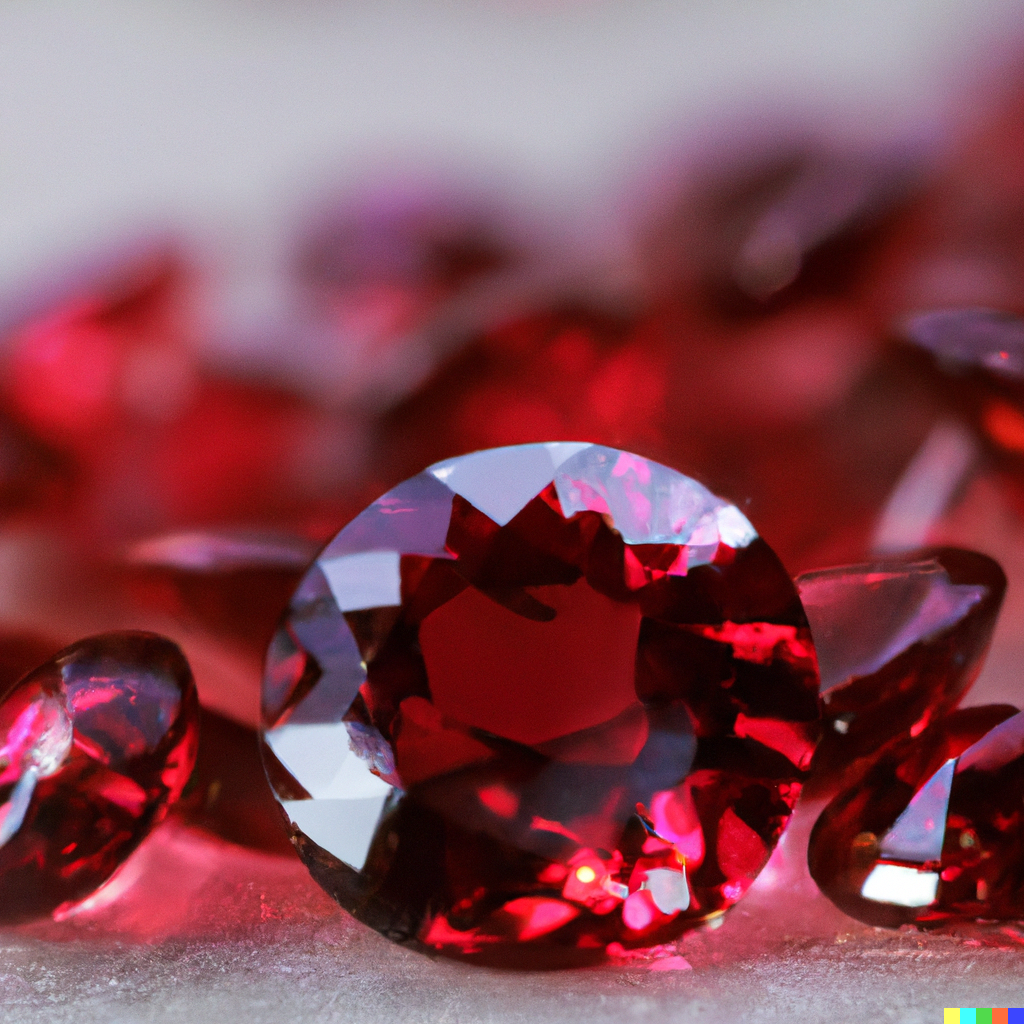
Leave a comment